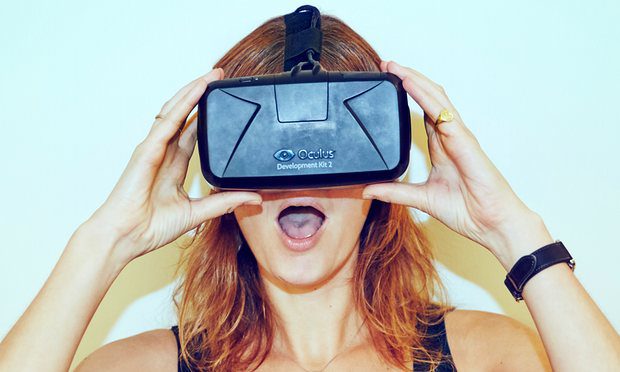For many, getting to the gym is a feat in and of itself. Despite our best efforts and New Year’s resolutions, committing to and sticking with a workout routine is easier said than done. And even for those of us who make it to the gym regularly, learning how to safely perform exercises and avoid injury can present a significant hurdle it itself.
With obesity and disease rising in this country, and over 50 million Americans now members at a health club or gym, new technologies are being developed to help instruct and guide everyone from athletes to those going through injury rehabilitation, in order to get the most out of their workout. CITEC has funded a large-scale project in an attempt to use virtual reality technology to instruct and coach participants at all fitness levels, ages, and weights, to help them learn proper form and safe exercise technique—no gym required.

The Intelligent Coaching Space (ICSPACE) project is an entirely computer-simulated environment that participants view by wearing 3D glasses. You feel as though you’re right in a gym, minus the hassle of driving to the gym, finding parking and a locker, and the intimidation of a gym that can often halt attempts to exercise.
Lead scientist of the project, Dr. Mario Botsch, assures that in no way are they trying to put real-life coaches and trainers out of business with this virtual reality program, but by offering an alternative, Botsch believes participants who might not have access to a gym or be willing to hire a trainer, can be reached and trained. According to recent surveys, of the approximately 50 million Americans who belong to some type of traditional brick and mortar health club or gym, a small fraction utilize the help of personal trainers. There are many reasons contributing to a hesitancy or complete inability to hire a trainer, such as prohibitive costs, and the result is that many gym-goers are left to their own devices when it comes to navigating the gym floor, learning how to use the machines, and utilizing correct form.
In these virtual training sessions, participants are attached to reflective markets and tracked by infrared cameras in order to carefully document each and every movement. While the camera tracks the bodily movements, the participants can see themselves, a virtual avatar rendition, in a mirror in the room, which allows them to self-check their form as they go through their workout. As participants completes a move like a lunge or squat, different body parts appear lit up in red until the correct angels and form are reached.
Dr. Stefan Kopp, a computer scientist working on the project, explains that, “with the help of virtual technology, things can be visualized that normally could not be seen. A second half-transparent reflection, almost like your own personal shadow, also demonstrates the correct form that the person should be achieving.
This virtual program not only instructs participants on how to complete an exercise with the second avatar modeling the correct form, it also provides a virtual coach. This avatar figure can give feedback, provide corrections, and even show the person a play-back video of their movement to point out what could be done better next time. “The virtual coach embodies the system’s coaching capabilities and is equipped with the state-of-the-art knowledge in sports and training science,” explains Kopp.
The project is set to launch in 2017 and in the meantime is being tested by six research groups. In the future, the project scientists envision a wide range of exercises being offered, ranging from tai chi to yoga to even how to correctly swing a golf club. Their vision is to offer training for everyone—from the elite athlete to a patient going through physical rehabilitation. As technology continues to progress, Botsch and the other researchers hope is to help as many people as possible to safely workout and gain strength, even from their own living room. “The technologies we are developing are also suitable for motivating elderly people to get active…the system could even be scaled down to work on at home on a Smart-TV.”


